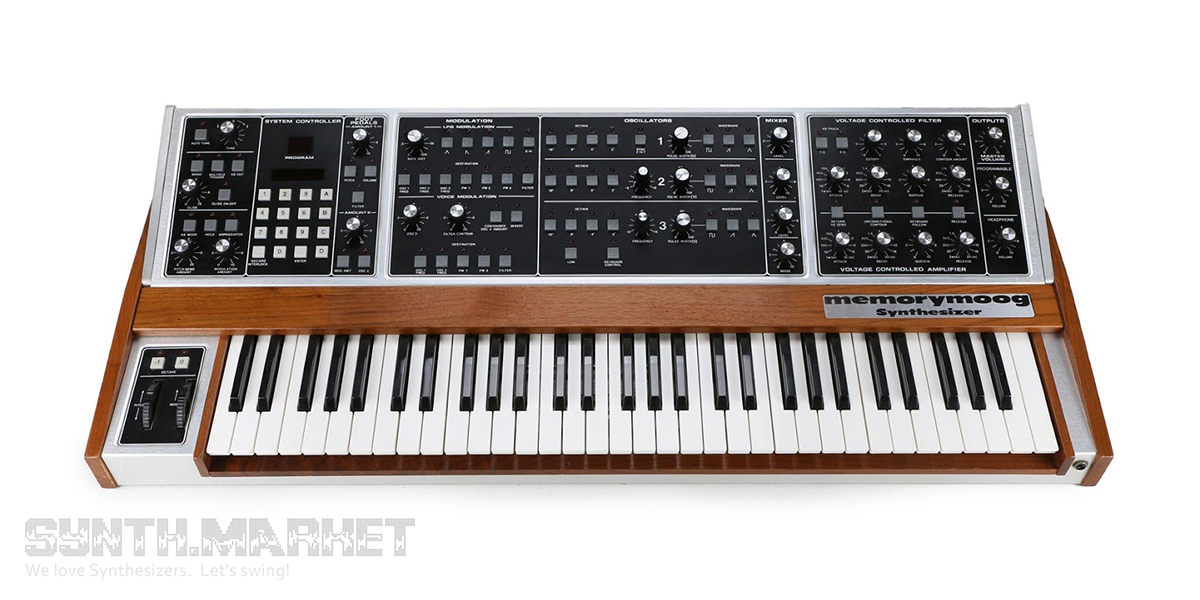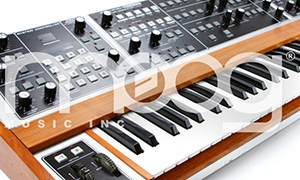По замыслу производителя этот синтезатор должен был работать как шесть minimog’ов вставленных в один корпус, но всё получилось не совсем так. Синтезатор разрабатывался без участия Роберта Муга, и является последней моделью выпущенной до банкротства Moog Music.
Memorymoog является полноценным полифоническим синтезатором, он может воспроизводить одновременно шесть голосов/ нот. Причём каждый голос является смешением сразу трёх управляемых напряжением генераторов (VCO).
В отличии от micromoog, где VCO построено на дискретных элементах, в memorymoog использована аналоговая микросхема VCO CEM3340. Такой ход уменьшил стоимость каждого ГУН (а их в синтезаторе 18 штук), но это повлияло на звук. Звучание 3340 не плохо, просто отличное от звучания moog. Эта микросхема широко использовалась в синтезаторах Oberheim, Roland и Doepfer.
Каждый голос имеет свой VCF. В этом, одном из ключевых элементов moog-звука, производитель решил не экономить. Была использована такая же схема фильтра низких частот, что и в ранних продуктах. Каждый из шести фильтров имеет регулировку частоты среза, резонанса и глубины модуляции.
Также в синтезатор заложены широкие возможности модуляции для создания сложных звуков. Встроенный ГНЧ имеет пять различных форм волны, и может быть направлен на модуляцию VCO (FM и PW типы), частоты среза VCF. Ко всему прочему источником модуляции может служить один из трёх генераторов каждого голоса.
В Memorymoog предусмотрены функции построения аккорда от нажатой клавиши (chord memory) и арпеджиатора. Для хранения настроек используется банк на 100 пресетов.













